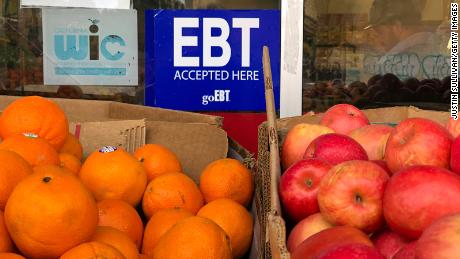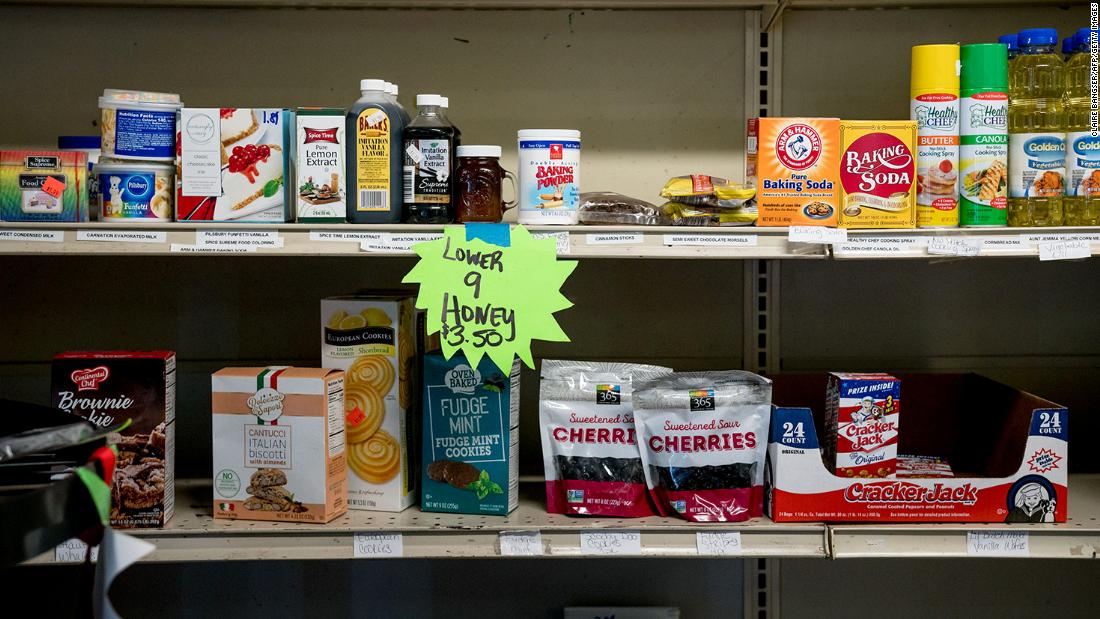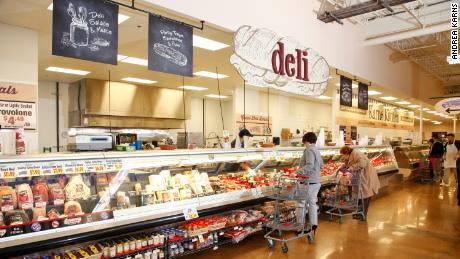Groceries were hard to find. Now it’s getting even worse
But even before the pandemic, millions of people in the United States were struggling with access to groceries — and the problem has gotten even worse for them.
The areas are defined as those where a “significant” portion of the population lives more than a mile from the nearest supermarket or grocery store in urban areas, or 10 miles away in rural areas. The poverty rate is either 20% or greater, or the median-family income is below or equal to 80% of the statewide median family income.
Such areas are commonly known as food deserts, even though the term has no official meaning. it’s increasingly difficult for the people who live in them to buy food.
During the pandemic, grocers have cut back their operating hours. Public transportation has been reduced, and riders who once traveled to stores in other neighborhoods or cities can no longer do so. Some older or higher-risk populations are fearful of traveling during the pandemic.
There’s also evidence that food accessibility challenges are growing. In Georgia, the number of residents now living in “food insecure” areas has jumped 69% since the beginning of the pandemic, according to data firm Urban Footprint. The firm uses an index, including jobless claims, pre-existing health conditions, and access to grocery stores and healthy food, to measure food security — or “reliable access to a sufficient quantity of affordable, nutritionally adequate food.”
The pandemic has made it “very cumbersome” to buy groceries, said Yolanda Jackson, who lives 1.6 miles from her nearest grocery store in Baltimore, Maryland. In 2018, 23.5% of Baltimore residents lived in an area where access to healthy food is limited.
Jackson usually takes the bus to Shoppers grocery store, but stopped during the pandemic in part because of the long waits. She has been going to corner stores and bodegas “where the selections are low and the prices are high,” she said.


Online grocery delivery is out of reach for some customers who rely on food stamps.
“At equal levels of poverty, black census tracts had the fewest supermarkets [and] white tracts had the most,” Hopkins researchers found in their 2014 analysis of census and food retailer data.
‘Online grocery shopping is not equal’
Beyond job loss or a drop in income, other factors during the pandemic have made it harder for residents already struggling with access to low-priced meats and produce, public health experts say.
“With the economic hit many people have taken over the last few months, it’s tougher to afford fresh, healthy food like fruits and veggies, which are more expensive than processed items,” said Michael Widener, geographer at the University of Toronto.
Additionally, online grocery delivery is out of reach for some customers who use food stamps. Around 38 million Americans relied on food stamps last year, according to the non-partisan Center on Budget and Policy Priorities.
In 2019, for the first time, the USDA gave the green light for food stamp recipients in New York to use their benefits to buy groceries online and get them delivered to their homes.
During the pandemic, the Agriculture Department has raced to allow more states to sign on to the online expansion of food stamps. But 15 states still do not allow customers to redeem benefits online.
“Access to online grocery shopping is not equal,” said Caitlin Caspi, assistant professor at the Department of Family Medicine and Community Health at the University of Minnesota Medical School.
As food access challenges swell during the pandemic, cities, food banks, schools and community organizations are trying to find creative solutions.
“The public school system and many charter and private schools are continuing to offer meals to children and some of our urban farmers and chefs are teaming up to make meals for people in their neighborhoods who are in need of food,” said Winona Bynum from the Detroit Food Policy Council.
In Baltimore, the city has developed an emergency response strategy. It’s working to expand residents’ participation in the food stamp program, which allows for online purchasing in the state of Maryland. The city has also ramped up delivering boxes of shelf-stable groceries and produce to residents’ homes.
![]()




